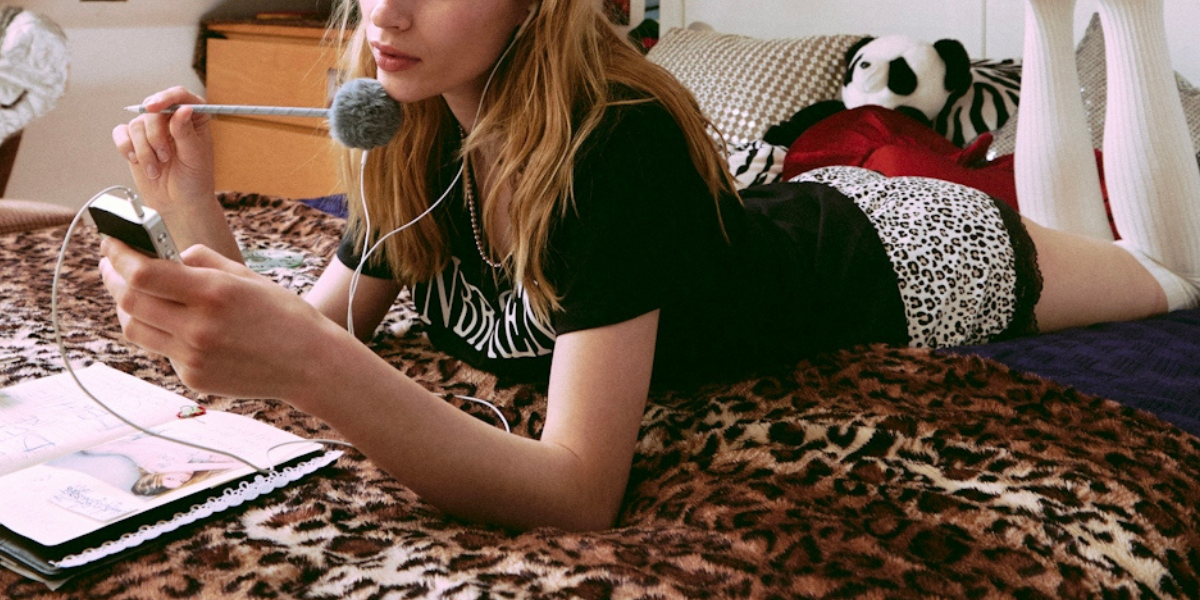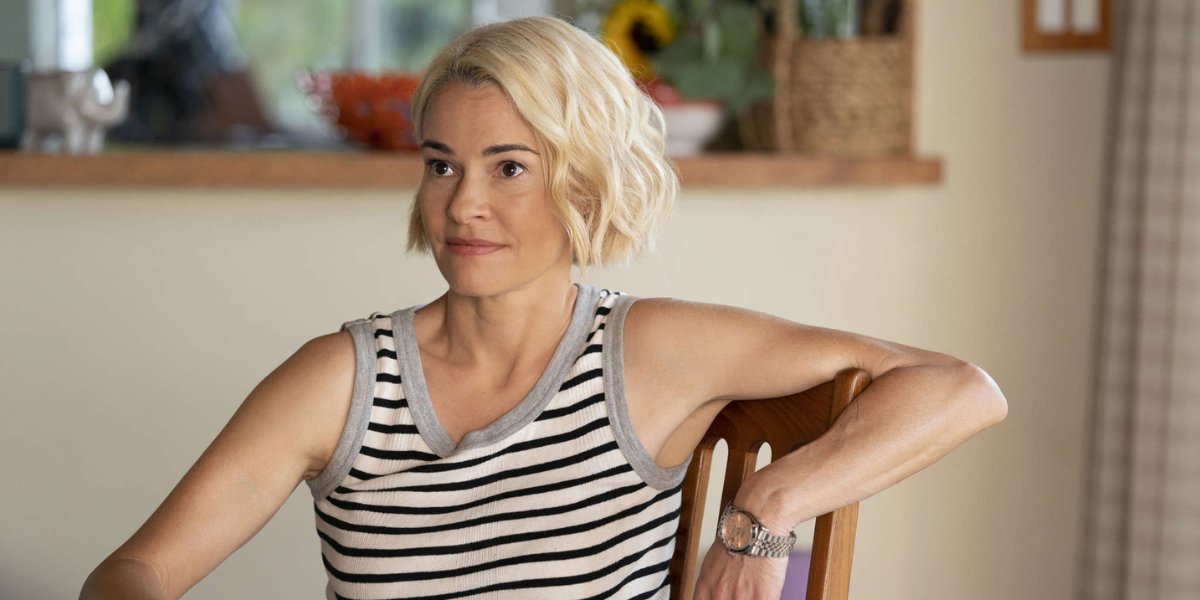It all began with a text message exchange with a big crush in January 2014. Or, it was less than a crush – it was more like “a handful of balloons,” as described in a later love letter I sent to them. They were someone who could not fit into one word. Here was the exchange:
Me: If there were to be a whole world inside of a snowflake that landed on your wrist, what would be happening in it?
Them: A penguin colony belly-sliding down the ligaments of the flake.
Me: My snowflake would have children in giant white and silver ballrooms swinging off of chandeliers and wearing tin foil hats. But sometimes the snowflakes are quiet.
Them: That’s good. Otherwise it might be overstimulating in there. You need to write a children’s book.
Me: I would like that. I think it would be about belly buttons and wishing wells. But maybe not. I also like the idea of writing a little book about girl crushes being the same as crushes.
Them: I don’t see why those things are mutually exclusive.
Me: I will send you the first draft.
And, indeed, I wrote that first draft in the backseat of a golden mini-van moving between Chicago and Indianapolis later that day – which later became the text for this animation I called The Ship We Built. As described in the original synopsis, the story follows two kids who could dream, learn, grow, and be together without the limits of words and empty homes. “They give each other an uncharted strength and magic that they didn’t know existed outside of their drawings. Together they build something new.”
I loved reading it out loud. I loved treating it as a lullaby. I loved sharing it with new people, and inviting them back into the refrigerator boxes they may have sat in as kids. While it started as a gift for one person, I quickly realized it could be a gift for many. This, I thought, would be a story centering youth, as a majority of kids books involving queerness was focused on the LGBTQIA+ identities of adults in a children’s life. At the time, me and my text message buddy were both identifying as queer women and I envisioned this would be a lesbian story told from a nameless narrator. Looking back, I realize that the narrator wasn’t ready to tell me his name – he wasn’t ready to name himself as a boy, just as I wasn’t yet ready to hear it about myself.
For the coming year or two, I became obsessed with the two kids that this first draft followed. Whenever I was on a train ride or amongst the luggage in a carpool, I would imagine myself knocking on the universe of the story’s door to ask “What has happened since I’ve been gone?” I’d imagine the narrator would bring me inside and tell me the amount he felt safe sharing. He told me about the rocks they leave on each other’s porches when they didn’t want to respond to “How are you?” He told me about the maps he draws to his favorite places when they felt far away. He told me about his baby teeth. Each time he’d tell me a different name for himself. I used gel pens and crayons to transcribe these into a series of about thirty nursery rhymes or poems.
He used “he” as a pronoun for himself before I used it for myself, but both of us were uncertain about our own growing and power alongside each other. He reminded me of what it means to share with the wrong people, and the right people. I was told from a family member that I was “wasting my potential” writing what I do — sharing what I do. In response, I printed all of my early drafts of The Ship We Built, put them in a box, and offered them as a Christmas present. In review of the folded pages, I was left with the remark, “I liked it better when it was a lesbian story.” Which was hard to not read as – I was liked better when I was a lesbian story, and not a trans story. This was within the same year I received an intervention for coming out as trans in the “wrong way.” The year where I realized that my own gender journey was treated with more urgency and overt fear than the sexual abuse I endured as a child. I brought balloons to this intervention to insist on the celebration of my own becoming.
In a way, I lent my balloons to the narrator who eventually found his name — Rowan, who writes letters to attach to balloons throughout the novel version of The Ship We Built. I wanted to give him a way to celebrate, connect, and release in the face of adversity that mirrored my own. This felt like the first real exchange I had with this narrator’s voice — a moment where it was clear what I could offer him something in return. I could offer a safe container for him to share more and more of himself and the questions most would be too afraid to ask out loud. Like, “Do you ever lie?” or “Why do parents think that kids don’t notice things?” or “Do you think I’m stupid?”
I felt so alone in my coming out process — enough to make me want to die. As time went on, he started to listen to me as much as I listened to him. I didn’t have the words for gender or sexuality at this age, the age of ten. Sometimes I still don’t as an adult, nor does he. We’ve both played our own versions of the “No Talking Game.” We’ve both felt the unique dangers of liking boys and liking girls. We both fear growing into the men who have hurt us the most. We both have used our imaginations as a way to ground ourselves in the futures we want.
Now that this book is available in print, I think of it as a valentine to LGBTQIA+ youth in unsupportive homes. It’s a valentine for people in old and new forms of isolation. It’s a valentine to those slow to trust. It’s a valentine to anyone who catches the balloons that I gave to Rowan.
Get your own copy of The Ship We Built here. You can also download a printable activity book made by Lexie here.







